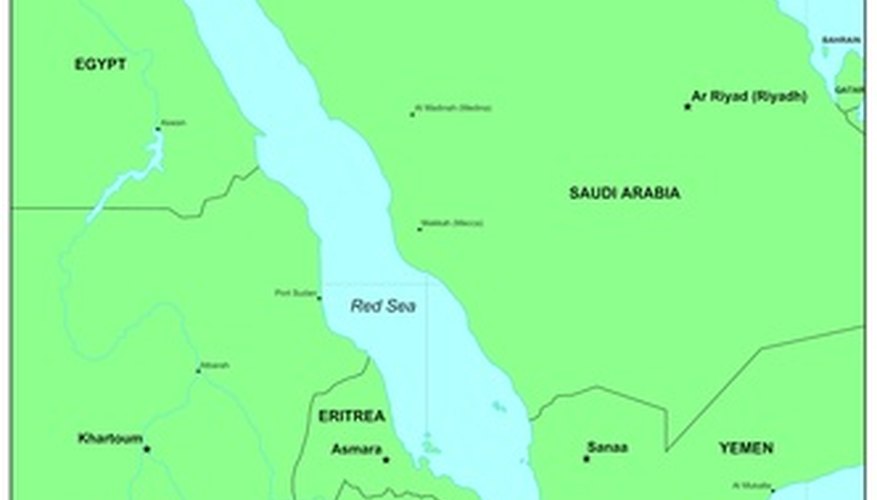A topographic map is a standard camping item for many hikers and backpackers. Along with a compass, one of these maps can be extremely useful for people starting on a long backcountry journey into unfamiliar terrain. However, there are limits to what all the lines and symbols can tell the map reader.
Topo Maps Are Static
Perhaps the biggest drawback of using a topographical map is that the information can be dated. Every map gives the date as to when the survey was made, but map readers should be aware that the landscape and places on a map can change over time. These changes can be man-made, such as a newly built road or building. Sometimes even larger changes can occur, such as a lake that's been drained. All of these possibilities and more need to be taken in account when using a topographic map.
Then there are the natural changes that can on occasion confuse the hiker or, in some drastic cases, change the effectiveness of the map. Such natural events as landslides, avalanches, earthquakes, forest fires or hurricanes can make various places unrecognisable or sometimes unusable. All hikers should be aware of these possibilities.
- Perhaps the biggest drawback of using a topographical map is that the information can be dated.
- Then there are the natural changes that can on occasion confuse the hiker or, in some drastic cases, change the effectiveness of the map.
Size
Topographic maps are large and bulky, and so they might become a hindrance to backpackers and other wilderness adventurers, who wish to travel light. The 32- by 40-inch size also means that backpackers and canoeists must be very careful how the maps are packed. Water is the greatest threat, for if one of these large maps gets soaked, it may become difficult to read. As a result, many people who travel in the backcountry have switched over to using detailed trail maps, which are condensed versions of topo maps. Sometimes these maps are plastic-coated so as to be impervious to the elements.
- Topographic maps are large and bulky, and so they might become a hindrance to backpackers and other wilderness adventurers, who wish to travel light.
The Forest From The Trees
Another disadvantage of a topographic map is that the information displayed is not exact. This can be particularly apparent when travelling through roadless or trailless areas. In these cases, a topo map does not supply much information as to the nature of the vegetation. The map fails to specify whether a forest is thick and bushy or populated by tall trees with little undergrowth.
- Another disadvantage of a topographic map is that the information displayed is not exact.
- In these cases, a topo map does not supply much information as to the nature of the vegetation.
Computer-generated Topos
Two companies, DeLorme and National Geographic, now sell topographic maps on CD discs. These map systems can be used to print out the specific section of a quad. This system can be an advantage in that it eliminates the need for carrying full-sized U.S. Geological Survey (USGS) topo maps.
However, hikers and campers should be aware that the accuracy of the DeLorme system is sometimes slightly skewed in the placement of trails, roads and waterways. The National Geographic system works better, for these computer maps are direct copies of USGS quads. However, this map program is more expensive, and you will need a laser printer to obtain good map detail.
- Two companies, DeLorme and National Geographic, now sell topographic maps on CD discs.
- The National Geographic system works better, for these computer maps are direct copies of USGS quads.
